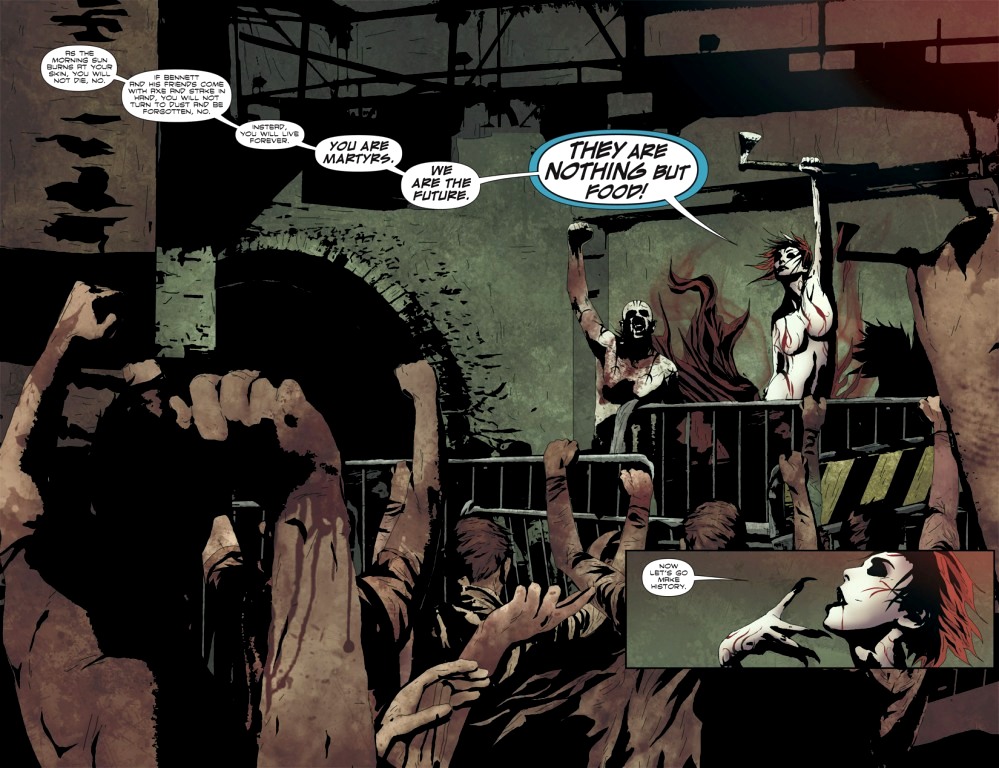

Last in 2022: This will be the last total lunar eclipse of 2022.
#RED MOOM TIME FOR FULL#
During the full moon, the rest of the moon is covered by the outer part of the Earth’s shadow called the penumbra. This happens because, only a part of the moon’s surface moves into the Earth’s shadow, called the umbra. However, the colour of the Moon during totality will depend on the global state of dust in the Earth’s atmosphere. Dust in the atmosphere blocks out the higher frequency blue light waves, but the longer wavelength of red light is able to still come through.As the solar system was made without precise measurements, the imperfect alignment between the sun and the moon gives a part of the lunar eclipse visible into the sky. People sometimes refer to a lunar eclipse as a ‘ blood moon’ because of the way the Moon can turn a deep coppery red colour during its eclipse. A “supermoon” will appear up to 7% larger than a regular full moon.įind out more about supermoons Why is a lunar eclipse called a 'blood moon' – and are they actually red? Much like “blood moon” it is not an official astronomical term. This phenomenon has been dubbed a “supermoon”. When the moon is close to perigee, the closest point to Earth in its orbit, it makes the moon appear slightly larger than usual. Total lunar eclipses are much rarer from one particular location.

Lunar eclipses can be seen between two and five times every year – from somewhere on the Earth’s surface. Since the Earth is around four times wider than the Moon, its shadow can darken the moon for up to five hours depending on conditions. This means that as it travels around the Earth it also moves up and down in its orbit. This is because the moon’s orbit is inclined by 5˚ relative to the Earth’s orbit. Why doesn't a lunar eclipse happen every month?Ī lunar eclipse occurs during the full moon phase but an eclipse does not happen every month, even though the lunar cycle is 29.5 days. How often do lunar eclipses happen?Ī lunar eclipse happens between two to five times a year, with a total lunar eclipse occurring at least two every three years. Royal Observatory Greenwich broadcast a live stream of the total eclipse on Facebook. The eclipse happened during the first full moon of the year, earning it the nickname 'Super Wolf Blood Moon'. 20-21 January 2019 - total lunar eclipseĪ total lunar eclipse took place in the UK in the early hours of 21 January 2019. 16 July 2019 - partial lunar eclipseĪ partial lunar eclipse took place in the UK on 16 July 2019, coinciding with the 50th anniversary of the Apollo 11 launch. Some of the eclipse was visible over parts of Europe, Asia, Australia, Africa, select parts of North America, South America and Antarctica. The very early part of the eclipse was visible in the UK, but because of the timings the Moon had set before the eclipse reached its maximum. This eclipse was unusually long, lasting over six hours in total from the moment the Moon entered the Earth's shadow or 'penumbra'. The entire eclipse lasted for more than five hours, however, observers in the UK could only see the eclipse from 2.32am – 5.10am as the Moon had set below the horizon by the end of this period.

People in the UK were able to see the lunar eclipse at totality when the entire Moon turned red. This total lunar eclipse was visible over South America, most of North America and parts of Europe and Africa. When was the last lunar eclipse in the UK? - total lunar eclipse


 0 kommentar(er)
0 kommentar(er)
